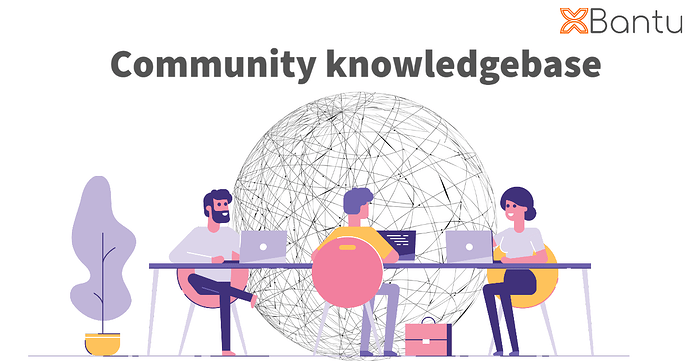First, let’s start with a brief overview of what a blockchain is. A blockchain is a decentralized, digital ledger that is used to record transactions. Each block in the chain contains a record of several transactions, and once a block is added to the chain, it cannot be altered. This makes it an incredibly secure way to record transactions, as any attempt to alter the data in a block would be immediately detected by the network.
Now, let’s take a closer look at the process of how a transaction gets successfully added to a blockchain.
- Initiation of Transaction
The first step in any transaction is its initiation. This involves a user submitting a request to make a transaction on the blockchain. The user will typically provide information such as the recipient’s address, the amount being transferred, and any fees associated with the transaction.
- Verification of Transaction
Once a transaction is initiated, it needs to be verified. This is done by the network of nodes that make up the blockchain. The nodes will check to ensure that the user has sufficient funds to complete the transaction and that the transaction meets all the necessary requirements.
- Approval of Transaction
Once a transaction is verified, it needs to be approved. This is where the mining process comes into play. Miners are responsible for adding new blocks to the blockchain. In order to do this, they must solve a complex mathematical puzzle. Once a miner solves the puzzle, they are able to add a new block to the blockchain, which includes the verified transaction.
- Confirmation of Transaction
After a block has been added to the blockchain, the transaction is considered confirmed. This means that it has been successfully added to the blockchain and is now a permanent part of the ledger.
There are some blockchain technologies that do not require miners to validate transactions. These blockchain systems use different methods for achieving consensus among network participants, and they are generally referred to as “non-mining” or “mining-free” blockchains.
One type of non-mining blockchain is a proof-of-stake (PoS) system. In a PoS blockchain, instead of miners competing to solve complex mathematical puzzles, participants called validators are selected based on the amount of cryptocurrency they hold or “stake” in the network. These validators are then responsible for validating transactions and creating new blocks on the blockchain.
Another type of non-mining blockchain is a directed acyclic graph (DAG) system. In a DAG blockchain, transactions are validated by other transactions in the network, rather than by dedicated miners. Each transaction that is added to the DAG acts as a node in the network, validating other transactions and adding to the overall security of the system.
There are also other consensus algorithms and hybrid systems that don’t require traditional mining. For example, some blockchain platforms use a hybrid of PoS and proof-of-work (PoW) to achieve consensus, while others use a reputation-based system or rely on community-driven decision-making.
In conclusion, the process of how transactions get successful on a blockchain is a complex one, involving multiple steps and the efforts of many different parties. However, thanks to the decentralized nature of blockchain technology, it is an incredibly secure and reliable way to record transactions. Whether you are using blockchain for personal or business purposes, understanding the basics of how transactions are validated and approved is key to making the most of this innovative technology. #bantu #knowledgeBase
